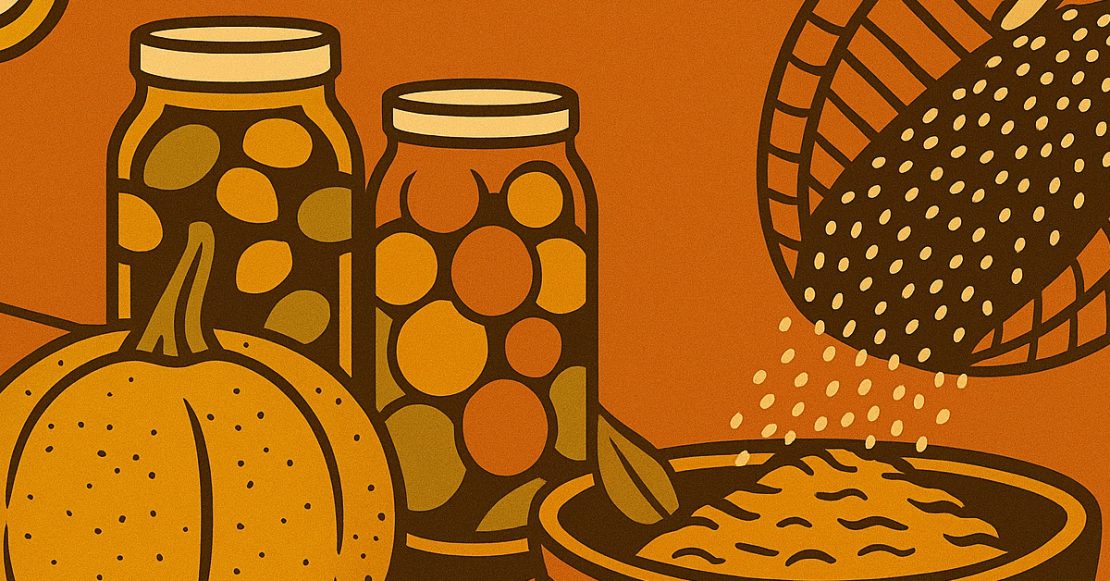If you’ve been walking down the grocery store aisles lately, you’ve probably seen ancient grains popping up everywhere—from quinoa salads and farro bowls to spelt bread and teff pancakes. But what are ancient grains, and why are they suddenly all the rage? Let’s take a closer look and draw a comparison that every gardener (or aspiring foodie) can relate to: ancient grains are the heirloom seeds of the culinary world.
Why Ancient Grains Matter: Nutrition and Sustainability
Ancient grains offer incredible benefits beyond their classic appeal. Nutritionally speaking, they’re often superior to their modern, processed counterparts. For example, quinoa—once a sacred crop to the Inca—is a complete protein, providing all nine essential amino acids. Farro, another favorite, is packed with fiber and magnesium. These grains are powerhouses of vitamins, minerals, and antioxidants, offering a more balanced source of nutrition, similar to how heirloom fruits and vegetables often boast better flavor and nutrition than mass-produced varieties.
From a sustainability perspective, ancient grains also shine. They typically require fewer inputs like synthetic fertilizers or pesticides, making them a more eco-friendly choice. Much like growing heirloom plants supports biodiversity in your garden, incorporating ancient grains into your diet helps promote agricultural diversity. By choosing these grains, we’re supporting farming methods that work in harmony with nature—an essential factor as we think about sustainability and the future of food.
Ancient Grains in the Kitchen: A Flavorful Adventure
Cooking with ancient grains can be as rewarding as growing heirloom tomatoes or planting a bed of heirloom carrots. Each grain brings its own distinctive texture and flavor to the table. Spelt, for example, has a nutty, hearty quality that works wonders in bread and baked goods. Teff, the star grain behind Ethiopia’s famous injera bread, offers an earthy flavor and fine texture that makes it perfect for porridge or flatbreads. Millet and farro, with their robust and chewy textures, add depth to soups, salads, and grain bowls.
Much like an heirloom tomato can add a burst of flavor and color to your summer salad, these grains elevate your meals, adding complexity and richness that refined, modern grains simply can’t match. If you’re feeling adventurous in the kitchen, ancient grains open the door to an array of culinary possibilities that are not only tasty but packed with nutrients.
Challenges: Not Always Easy, But Worth It
Of course, just like growing heirloom seeds requires a bit more care and attention, working with ancient grains can present a few challenges. They’re often more expensive and harder to find, as they’re not produced on the same industrial scale as modern wheat or rice. Some of them, like spelt and farro, contain gluten, which makes them off-limits for people with gluten intolerances. Additionally, their chewy textures and longer cooking times can take some getting used to.
But just as you wouldn’t grow heirloom plants solely for convenience, ancient grains are worth the extra effort. Their nutritional benefits, unique flavors, and sustainability make them a valuable addition to your pantry. Plus, learning to cook with these grains can deepen your appreciation for traditional foods, much like gardening with heirloom seeds connects you to the past.
The Revival: Why Ancient Grains Are Here to Stay
Much like the renewed interest in heirloom seeds and organic gardening, ancient grains are experiencing a well-deserved comeback. As people seek more natural, flavorful, and sustainable food choices, ancient grains offer a path forward that is both nutritionally rich and culturally significant. They represent a return to food that is closer to nature—just as heirloom plants bring a sense of authenticity and diversity to your garden. So the next time you are looking to add something new to your meal prep routine, consider ancient grains. They’re more than just a health trend—they’re a taste of history, culture, and sustainability all rolled into one.
